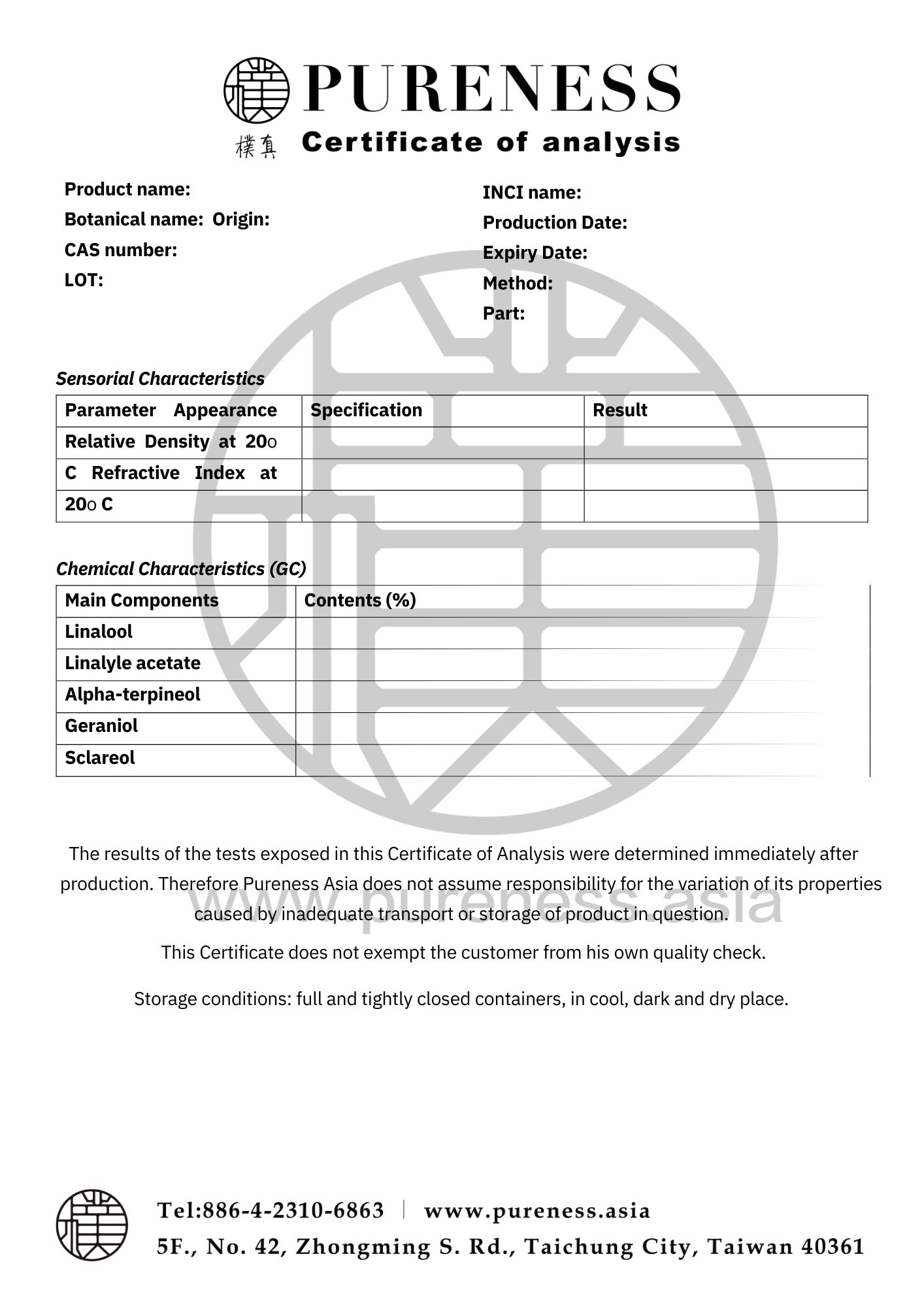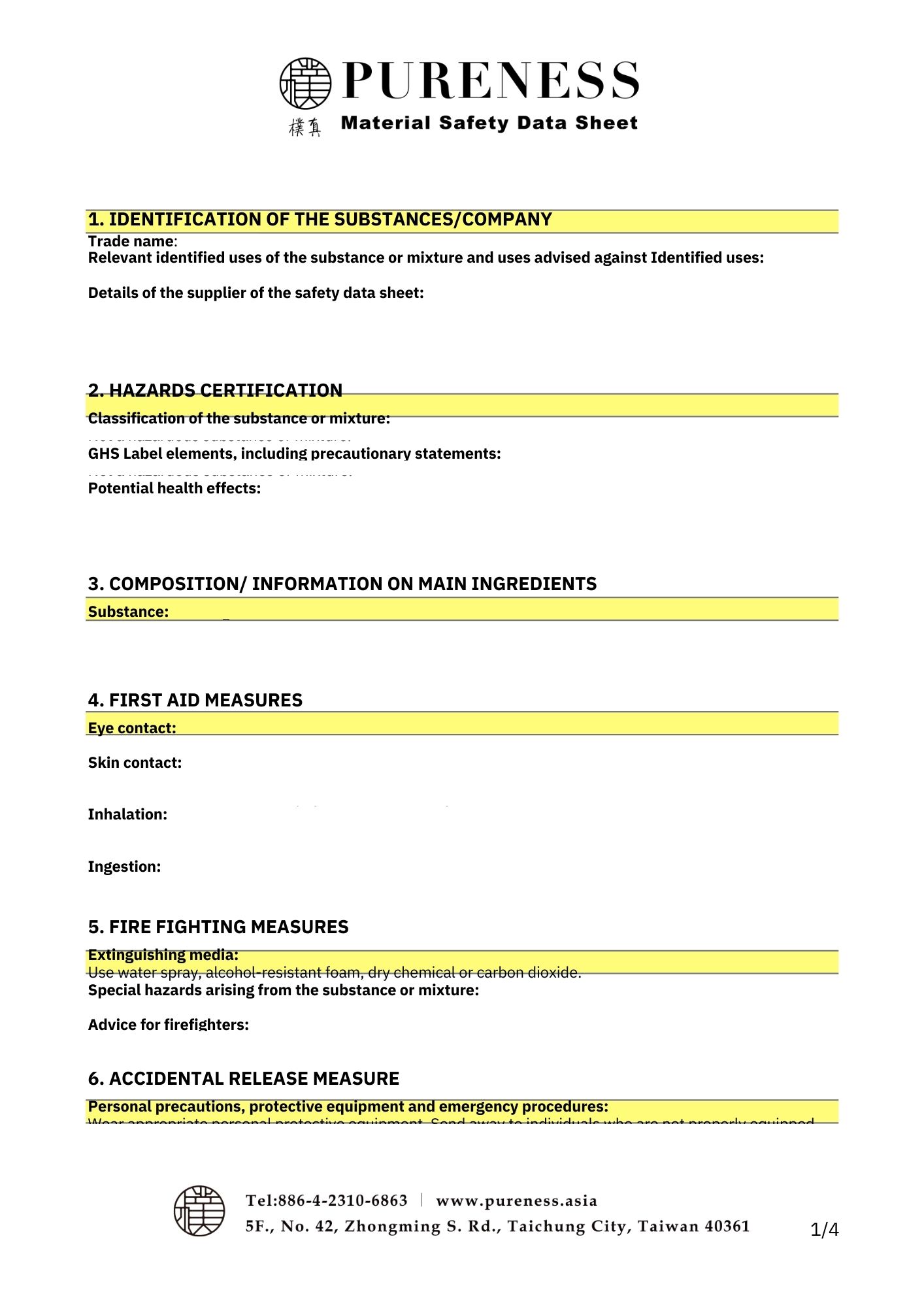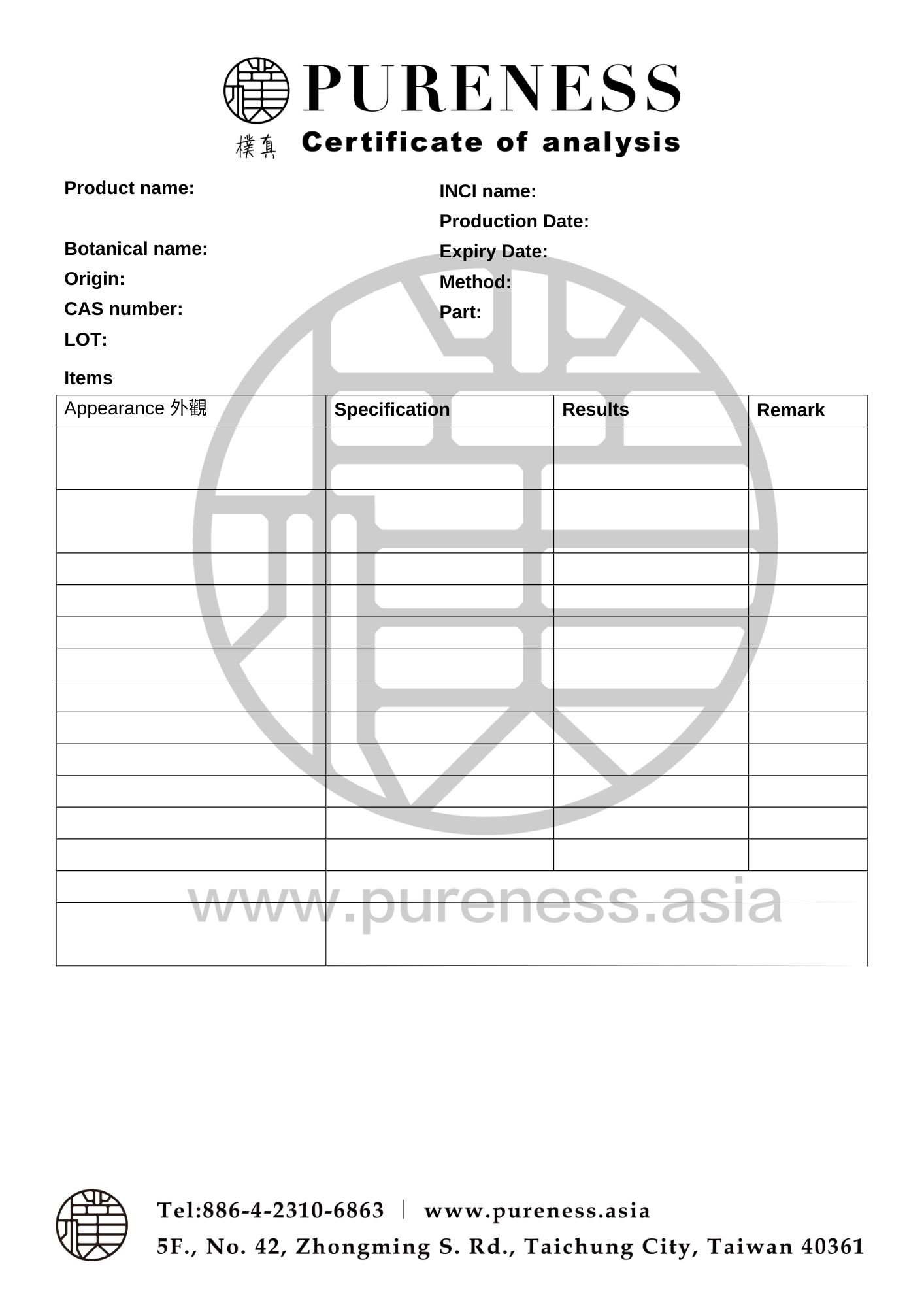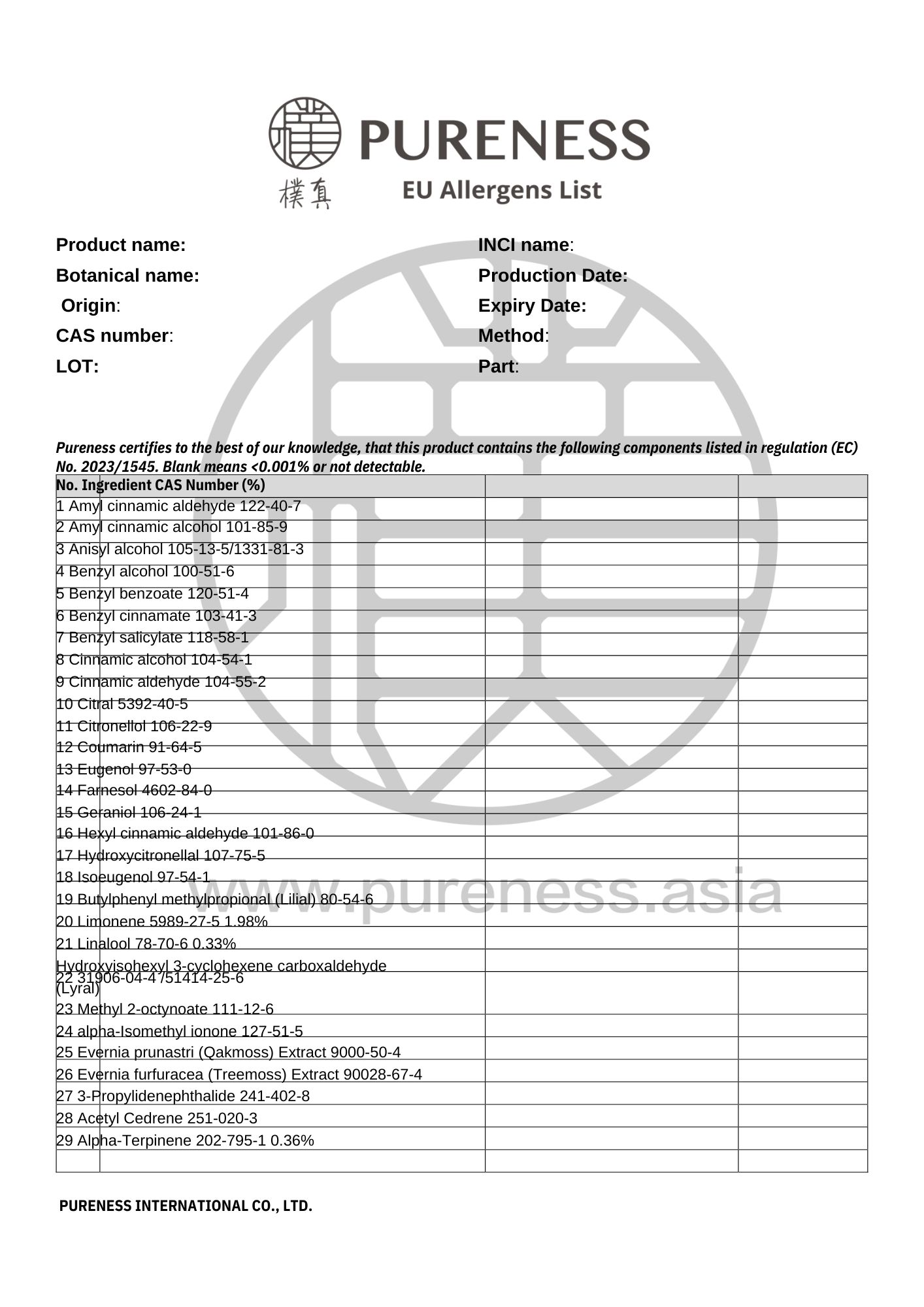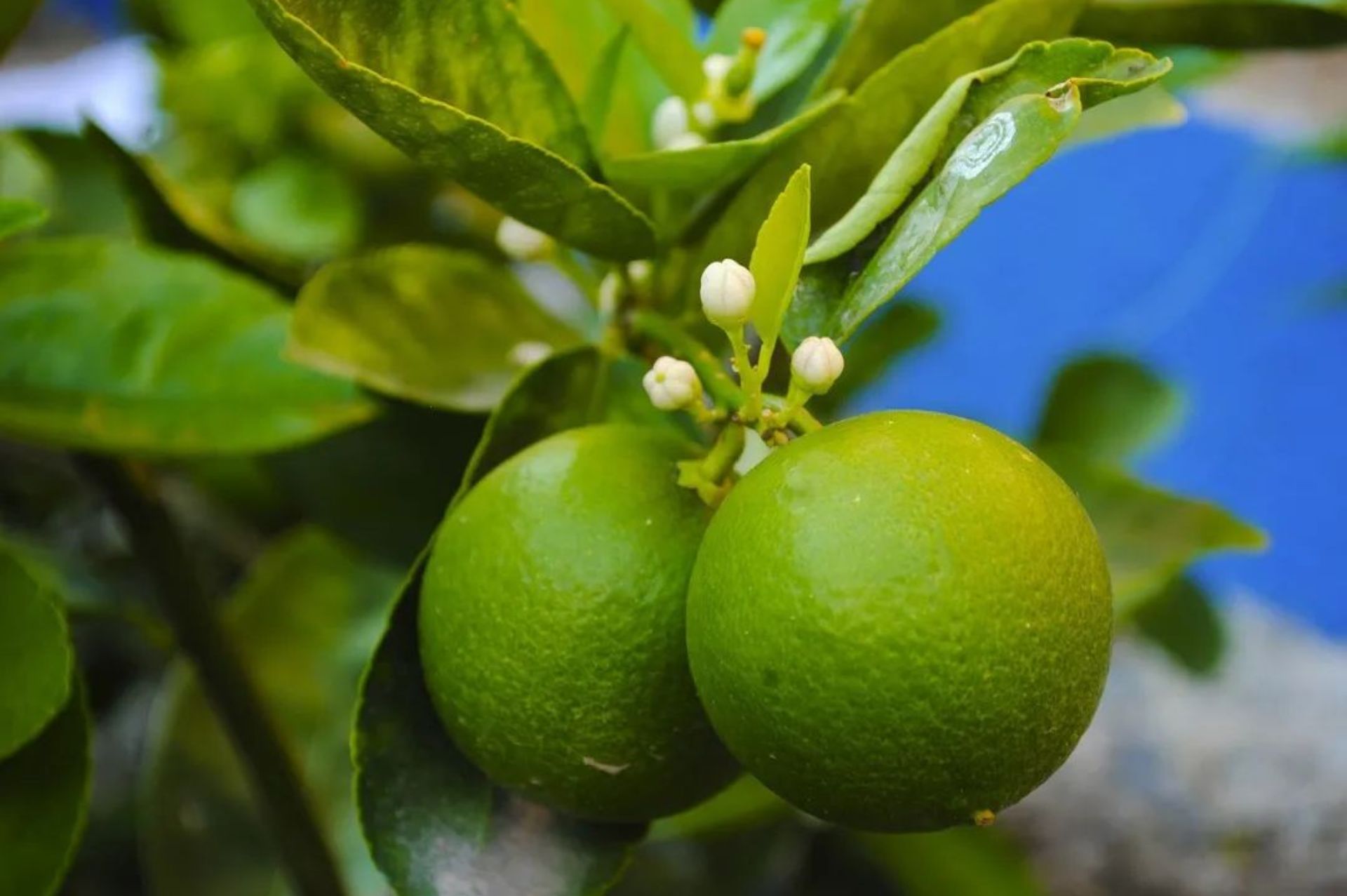
莱姆 Lime Tahiti
拉丁学名|Citrus aurantifolia
主要产地|意大利
原料分类|果实系列
原料规格|500g-25kg 详情请咨询业务
萃取部位|成熟果实的果皮
萃取方式|冷压
植物科别|芸香科
植物气味|宛如混合森林、香草和柠檬,清爽平静的柑橘香
▎精油简介
莱姆(Lime)很可能原产于印度北部(亚洲热带地区),是一种小型乔木,伴随着许多短硬尖刺,果实近似圆形,小,状似柠檬,颜色呈绿到淡黄色。莱姆精油最常见的萃取方式是取成熟和未成熟果实混合,以水蒸气蒸馏法,但也有用压榨法(主要取未成熟的新鲜绿色果实)。不同萃取方式莱姆精油的化学成分可能会有不同,以蒸馏法含较少柠檬醛、γ-萜品烯、β-蒎烯,较多对伞花烃、萜品烯-4-醇。
莱姆几乎在热带地区的每个家庭中都使用,主要用于调味食品,也用于制备饮料和用于各种医疗用途。丰富的风味和酸味使莱姆成为新鲜或腌制调味酱形式的辛辣菜肴的最爱。叶子和果实有许多药用用途,其中也有认为与驱邪的信念有关。
莱姆在商业上也用于汁液生产,精油可用于食品和化妆品行业。在柑橘类精油中,莱姆是香料产业全球交易量最大的精油之一。在许多工业装置中,提取莱姆精油通常是果汁生产后必不可少的步骤。透过对新鲜莱姆皮进行冷压,透过蒸汽蒸馏或加氢蒸馏来提取精油。如此获得的精油或混入果汁中以改善口味,或用于其他已知的饮料。这种宝贵的萃取油广泛用于冰糕,酱菜,南瓜,果酱,果酱,饮料,调味料,甜点,化妆品和许多其他工业产品。原油具有明显的柑橘气味,浅绿色,需要进一步加工以用于化妆品和营养用途。
▎成分解析
|主要成分:单萜烯
其成分包括柠檬烯、γ-萜品烯、β-蒎烯、月桂烯,另有微量的桉油醇、香叶醛、呋喃香豆素(压榨法)等,更多生理功效请与我们联系。
|研究认证

▸ 莱姆由于其感官特性而被用作在食品中赋予柠檬味和气味。另外,在食品工业中广受赞赏。

▸ 莱姆用于病菌、糖尿病、高血压、心脏、肝脏、骨骼及泌尿系统问题有相关研究。
|原料认证
欲取得相关认证资料请联系官方客服
▎参考文献
- Nithithep Narang and Wannee Jiraungkoorskul. Anticancer Activity of Key Lime, Citrus aurantifolia. Pharmacogn Rev. 2016 Jul-Dec; 10(20): 118–122.
- Essential Oils in Food Preservation, Flavor and Safety. 2016, Pages 531-537
- USDA. Citrus : World markets and trade. Washington United States Department of Agriculture, Foreign Agricultural Service; 2016.
- Kaewsuksaeng S, Tatmala N, Srilaong V, Pongprasert N. Postharvest heat treatment delays chlorophyll degradation and maintains quality in Thai lime ( Citrus aurantifolia Swingle cv. Paan) fruit. Posthar Biol Techn;
- Lv X, Zhao S, Ning Z, Zeng H, Shu Y, Tao O, et al. Citrus fruits as a treasure trove of active natural metabolites that potentially provide benefits for human health. Chem Cent J. 2015; 68.
- Dongmo P, Tchoumbougnang F, Boyom F, Sonwa E, Zollo P, Menut C. Antiradical, antioxidant activities and anti-inflammatory potential of the essential oils of the varieties of Citrus limon and Citrus aurantifolia wing in Cameroon. Res. 2013;3:1046–57.
- Liu Y, Heying E, Tanumihardjo S. History, global distribution, and nutritional importance of Citrus fruits. Compr Rev Food Sci Food Saf. 2012;11:530–45.
- Zandkarimi H, Talaie A, Fatahi R. Evaluation of cultivated lime and lemon cultivars in Southern Iran for some biochemical compounds. Food. 2011;5:84–8.
- Kiefer S, Weivel M, Smits J, Juch M, Tiedtke J, Herbst N. Citrus flavonoids with skin lightening effects – Safety and efficacy studies. Int J Appl Sci. 2010;132:46–54.
- FAO, 1991. Citrus juices: trends and prospects in world production and international trade. FAO Economic and Social Development Paper, No. 78: 54 pp.
- Sharma SR, 1989. Evaluation of clones of acid lime (Citrus aurantifolia) for resistance to citrus tristeza virus. Indian Journal of Plant Protection, 17(2): 213-218.
- Reuther W, Calavan EC, Carman GE eds., 1989. The citrus industry. Volume 5. California, USA: Division of Agriculture and Natural Resources, University of California, 374 pp.
- Motlagh FH, Quantick PC, 1988. Effect of permeable coatings on the storage life of fruits. I. Pro-long treatment of limes (Citrus aurantifolia cv. Persian). International Journal of Food Science and Technology, 23(1) :99-105.
- Singh HP, Chadha KL, 1988. Regulation of flushing and flowering in acid lime (Citrus aurantifolia Swing.) through stress management. Progressive Horticulture,
- Whiteside JO, Garnsey SM, Timmer LW eds., 1988. Compendium of citrus diseases. St. Paul, Minnesota, USA: American Phytopathological Society, 80 pp.
- Moncur MW, 1988. Floral development of tropical and subtropical fruit and nut species. Melbourne, Australia: CSIRO, 154-157.
|部分图片来自网络,若有侵权请联系删除|
